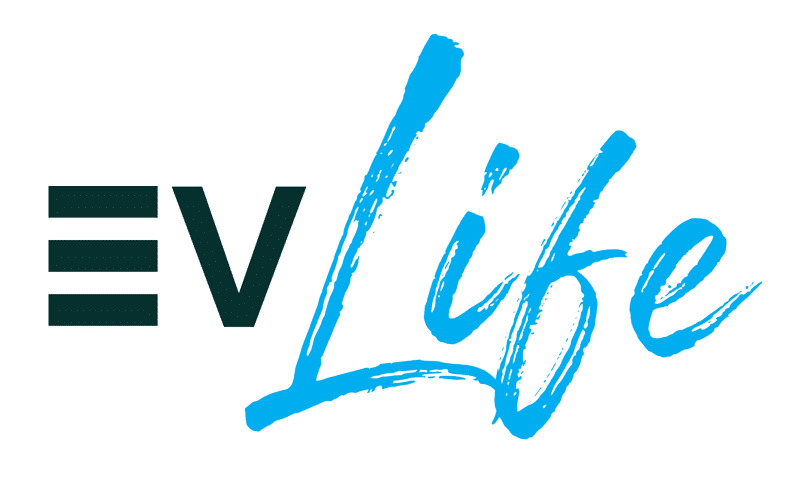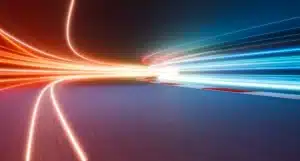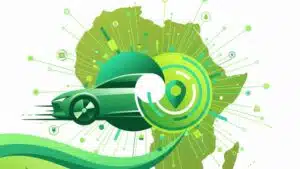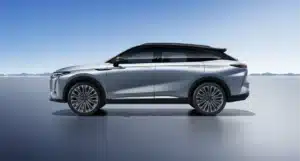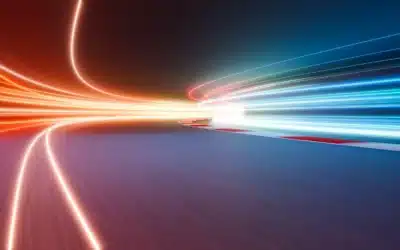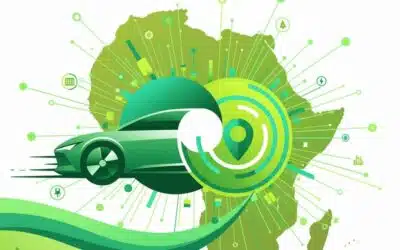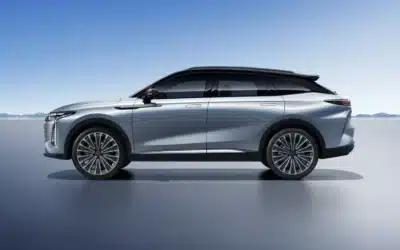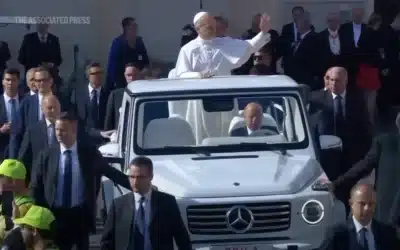In an ambitious stride toward a renewable future, the United Arab Emirates (UAE), gearing up to host the COP28 climate summit, has launched its first ‘utility-scale’ wind energy project, a landmark moment for the desert nation. The term utility-scale refers to a facility that is providing very substantial amounts of electricity to the grid.
Masdar, a leading renewable energy company in the region, has announced the commencement of a 103.5-megawatt wind power facility. This significant renewable energy effort, sprawling across four distinct locations, promises to illuminate upwards of 23,000 homes, propelling the nation towards its lofty environmental objectives.
This huge project, created by Masdar, along with GoldWind International and PowerChina, will have turbines on Abu Dhabi’s Delma Island, Sir Bani Yas Island and in Al Sila, along with Al Halah in Fujairah.
Sultan Al Jaber, poised to preside over the forthcoming COP28 summit and celebrated as the architect and steward of Masdar, has heralded the project’s grand opening. Al Jaber’s tenure as the founding chief executive and chair of Masdar is marked by forward-thinking strides in sustainable development.
“This project… will help displace around 120,000 tons of CO2 annually”
In an era where carbon footprint reduction is paramount, Mohammad Abdelqader El-Ramahi, Masdar’s chief green hydrogen officer, underscored the environmental impact of this venture. “This project… will help displace around 120,000 tons of CO2 annually,” El-Ramahi was quoted by Reuters, equating this to “removing around 26,000 cars from the roads.”
The wind farm’s conception was once thought unfeasible due to the UAE’s typically modest wind speeds. Yet, with technological advances in materials and aerodynamics, Masdar has made utility-scale wind energy a resounding reality, capable of harvesting the desert’s softer breezes.
Ownership of Masdar reflects a national commitment, partially held by three state-backed entities that underline Abu Dhabi’s investment in sustainable energy: ADNOC with a 24 percent stake, TAQA at 43 percent, and the sovereign wealth fund Mubadala holding 33 percent.
As the UAE prepares for COP28, Al Jaber’s remarks to The National shows a sense of urgency and pride. “The UAE wind programme is a great source of national pride,” he stated, adding that for the Paris Agreement targets to be met, “the world must triple renewable energy capacity by 2030.”
A decade following Masdar’s inception of the Middle East’s first concentrated solar power plant, the company now operates over 20 gigawatts in renewable projects, aiming for a staggering 100 gigawatts by 2030.
With a vision to achieve net zero by 2050, the UAE is casting its investment net wide, planning to funnel up to $54 billion into renewable energy by the end of this decade.
“Today, the UAE is working on several fronts; nuclear energy, solar energy, and now wind,” Dalal Matar Al Shamsi, a natural resources specialist at the UAE University, told Reuters. She projects “promising results by 2071, the UAE’s centennial.”
As the winds of change sweep across the UAE, the establishment of its first utility-scale wind farm stands as a testament to its unwavering commitment to a sustainable future and the visionary goals set forth for COP28 and beyond.
